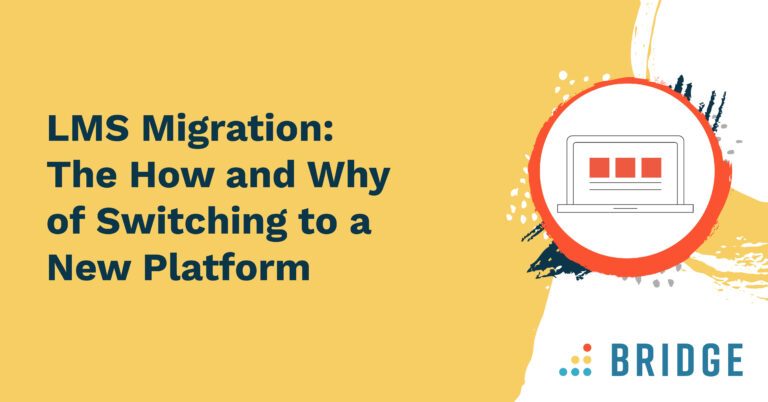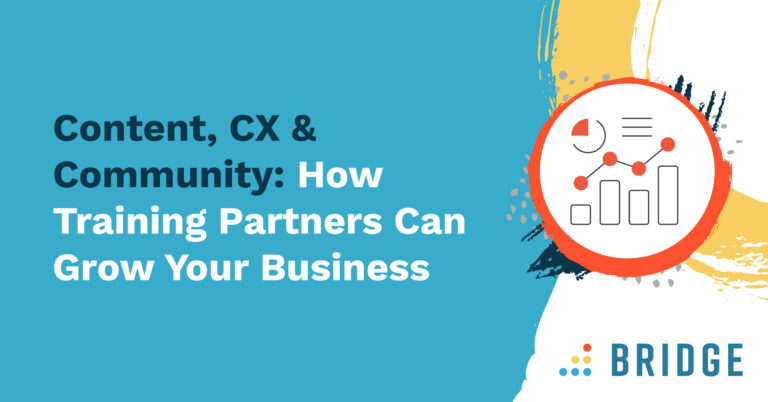2020 was the year of digital transformation for businesses globally. Deployed technology allowed remote work, essentially taking the physical office and setting it up at home.
With that, new challenges have arisen for 2021. The following predictions may seem obvious, but I hope my first point disrupts the way we think about the subsequent observations. I don’t propose to have the answers; that’s where the power of innovation and community can help – sharing ideas and learning from each other is usually the fastest way to move forward.
1. Process Transformation Needs to Be The Number One Priority
I alluded to this point in my introduction: while companies have quickly gone ‘digital,’ this approach generally uses technology to take the analog world online. It doesn’t allow for re-imagining how we do things. Our online digital behavior is different from how we would behave and interact in the physical world. Merely taking the physical world and putting it all online will always fall short in onboarding and performance. While 2020 has been about business continuity, 2021 will be an opportunity for HR to rethink its processes for the digital world.
2. Company Culture and Employee Engagement Will Evolve Online
Humans are social beings; we like interaction with others. Numerous polls show that employees want to continue working from home in some form, yet most of us are keen for some in-person business back at the office. While HR policies might now include more ‘mobile’ workers, maintaining and building company culture and positive employee sentiment will remain a challenge.
It is widely reported that companies concerned with employee productivity and innovation now recognize that those impromptu ‘water cooler conversations’ can drive ideas and interactions that can’t be replicated over scheduled video calls. The key here is to observe how employees have decided to overcome this themselves. There have been many examples of quizzes and Friday drinks over video, but maybe the real interactions are on chat channels. Don’t force what might organically be happening already.
3. Neuroscience Will Become Central to HR Policies and Processes
I have spoken before about what drives employees in their career; the theory is to provide a work environment that gives employees what they need to develop. The SCARF model takes this one step further and is based on neuroscience discoveries about how people interact socially to social threats and rewards. These innate needs – security, certainty, autonomy, relatedness, and fairness – have been proven to motivate, engage and drive employee advocacy. Many companies talk about improving employee engagement, performance, or learning – but what does that mean?
Does your performance management process give your employees the certainty that they know how their performance is being measured reasonably? Does your learning management system allow your employees autonomy about what, how, and when they learn? Are your systems and processes supporting the line manager relationship?
As companies realize that technology such as video calls cannot solve employee engagement, employees’ SCARF requirements will better understand maintaining culture and engagement for remote working.
4. Mental Health and Wellbeing Policies Will Become a C-Suite Issue
When employees consider their compensation offerings, paid holiday, sick pay, health insurance, and pensions are usually standard benefits. While most companies recognize stress-related illnesses and mental health as real issues, this pandemic has left many organizations ill-prepared and unsure how to help and support their workforce. The challenges of loneliness, isolation, financial stress, home-schooling, being a carer, or a flatshare with multiple occupants highlight the variety of pressures a diverse workforce might be managing.
Some forward-thinking organizations who already recognize stress and mental health as critical issues offer access to counseling services and openly address the problems employees may have in the work environment to help remove the stigma of poor mental health.
Research suggests that only a quarter of employees say their employer engages with them on mental health. Approximately 45% said they would look for another employer if there were no support regarding their mental health.
With the toll on staff productivity and the cost of attracting and retaining employees, how many CEOs will ask their CHRO about their organization’s policy on good mental health in the workplace?
5. The Rise of Re-Onboarding, Re-Skilling and the Non-9-to-5 Workforce
With the news of a successful vaccine, the last few months of 2020 are filled with hope. My final few thoughts build on that optimism. 2020 has undoubtedly driven up unemployment and fuelled uncertainty in some workplaces. Still, there is room for positivity and an opportunity for organizations to think about retaining and harnessing their organization’s knowledge.
While 2020 has been about onboarding and learning remotely, 2021 will be about ‘re-onboarding,’ in other words bringing employees back to the office and re-skilling employees due to evolving customer needs.
Maybe not all your workforce will be back in 9-to-5. For some organizations, hours might always have been flexible. Other organizations might find entire parts of their business operate in shifts due to COVID-19 cases and social distancing. Will parts of the company be closed? What will that mean for those employees? Can they re-deploy their skillsets elsewhere? Can you allow employees to broaden their experience and learn new skills as your business continues to embrace the challenges that lie ahead?
As we come to the end of 2020, we’ve undoubtedly learned a lot about ourselves, our colleagues, and our resilience. 2021 will be by no means easy, but we face the challenges knowing there is a way forward.



